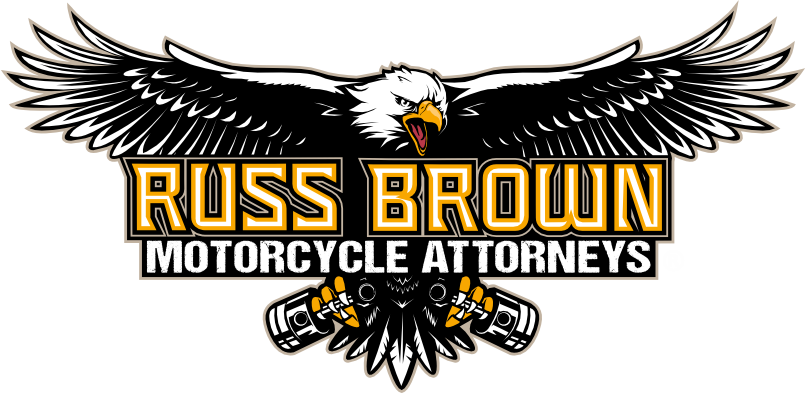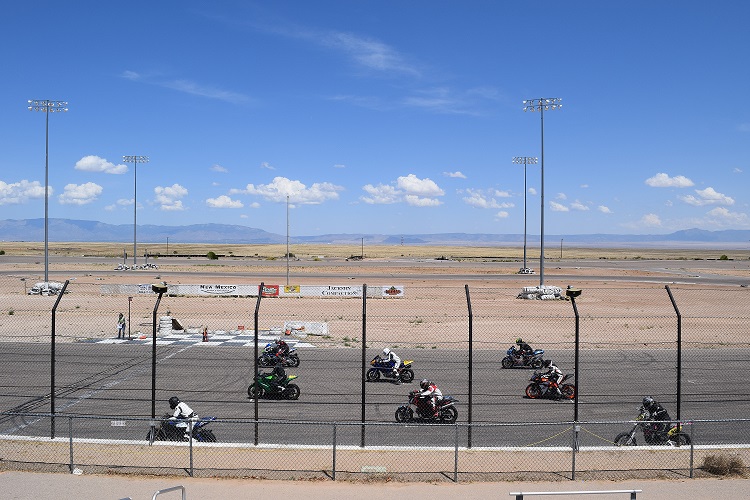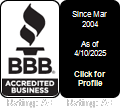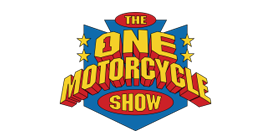Watching world-class motorcycle racing always makes me wonder what “could have been” if I was given the opportunity to race at a younger age (a girl can dream, right?). From an outsider’s perspective, the speed, skills, gear and equipment needed to go racing seems daunting and unrealistic for the average joe. The riders we see competing for championships on television all have one thing in common: they started very young. The world they live in is different than ours – no 9 to 5, no confusion when someone says the word “suspension setup” or panic when considering the risk of breaking every bone in the human body. And yet, even for me at the ripe age of 33, the idea of racing for glory is enticing regardless of my lack of experience. To my surprise and excitement, racing on a local level is much more attainable than first impressions have always made it seem. After a weekend following a new racer around and helping out every step of the way, I learned a welcome lesson: as long as your goal is to simply have fun and experience the thrill of racing, it can be done relatively easily and on a small budget.

Step One: Find your Local Track
“Local” is a loose term here. I am fortunate enough to live in a city with a small road racing course right on the edge of town. The motorcycle racing community there is made up of people from all over the state and beyond – some drive upwards of 6 hours to get to the track for a race weekend. When doing an online search for tracks across the USA, I found that the possibilities are endless and are only limited by the amount of travel time you are willing and able to endure.
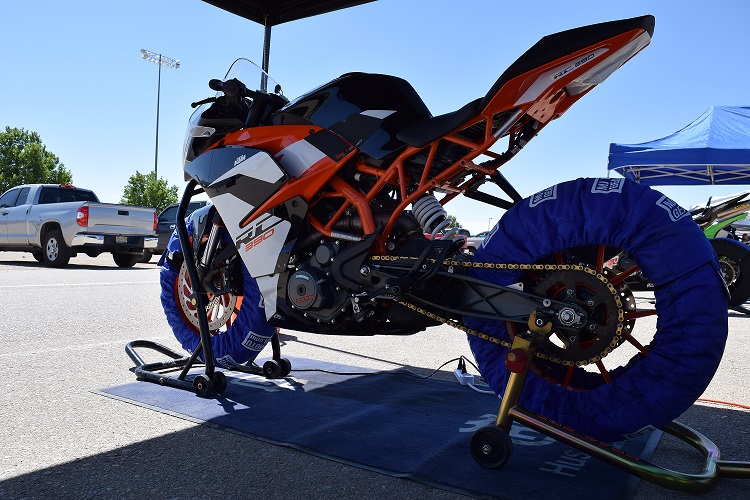
Step Two: Earn your Race License
This is going to be different for every organization, but the general process is usually the same. The best part is, you don’t need ANY track experience to sign up. In fact, some people learn how to ride on the racetrack rather than in a parking lot or on the street.
Here’s how easy it is to get started:
A. Search the online calendar for new racer school at your chosen track.
B. Sign up for new racer school and pay the fee (SMRI was $180 and covered the entire weekend of instruction, track time, and even included entry fees for two races on Sunday).
C. Follow the list of requirements for your bike and your gear to go on track.
D. Attend new racer school – usually a mixture of classroom and guided track time.
E. Participate in the mock race and don’t crash. Pass the written test.
DONE! Race license earned. Simpler than you thought, right?
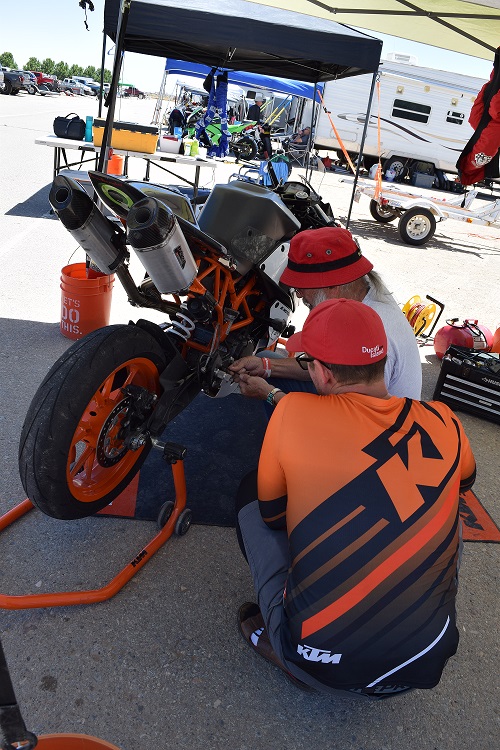
Step Three: Race!
Seriously, this is the easiest part. Learn the schedule, be ready to ride, listen to the P.A. calls, head to the staging area, do a sighting lap, grid up… and then go fast until you see a checkered flag. At this point you already know all the rules and have been riding the track for an entire day so the only difference is that more people are watching and there’s probably a little more adrenaline flowing through your veins this time around. Just relax, hang on and have fun!
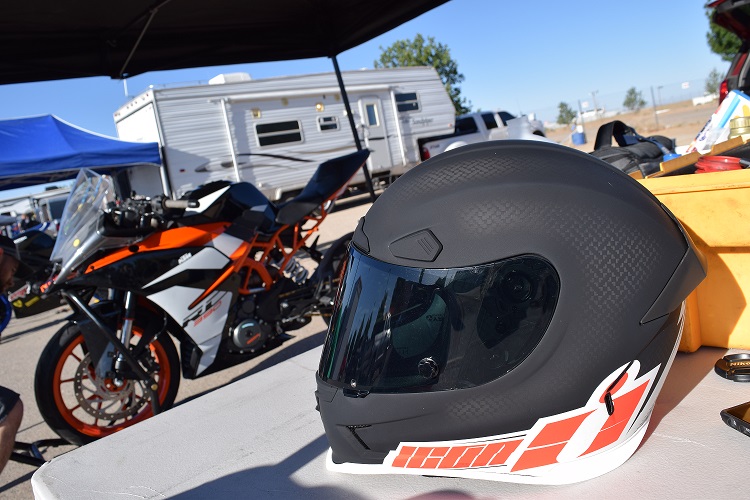
Equipment Requirements – Who Can Afford THAT?
As I walked through the pits on Saturday and Sunday, one thing became extremely obvious: your level of participation is completely up to you. From the comfort of your camp to the modifications on your motorcycle, you decide how far to take it. Want to spend the weekend in a top-of-the-line RV Toy Hauler with a full working shower and kitchen, complete with custom shade canopies and dog pens, three highly-modified sportbikes, two ergonomic zero-gravity lounge chairs and one infrared grill with filet mignon and lobster tails for dinner? Bring it. If that’s not in your budget, have no fear. Some racers spent the whole weekend in the back of a truck or a rented open trailer and simply borrowed shade from their pit neighbors – and won races. Completely acceptable, welcome, and highly recommended if you aren’t looking to spend a fortune. The choice is yours.
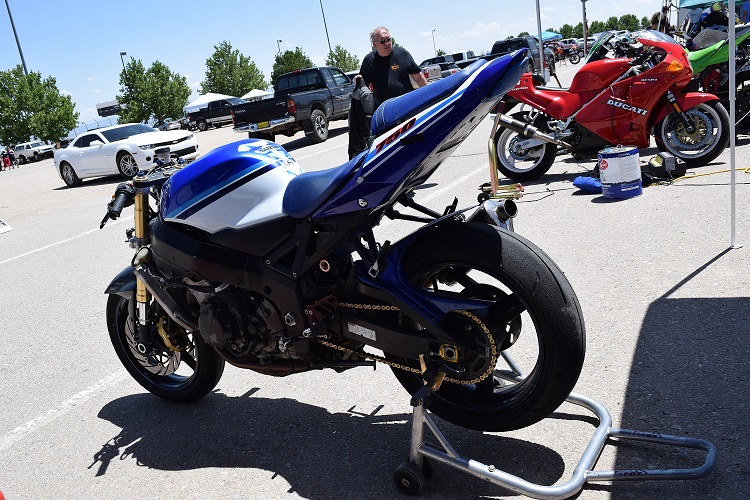
The “huge list” of necessary bike modifications needed to go on-track is actually very small. You can get your street-legal bike ready for the track in about one hour. If you are unsure of what to do or how to do it, wait until the morning of your track day and ask someone for help. I guarantee you will be blown away by the level of camaraderie and the sense of community you will feel at the track. There is a ton of information online and in magazines on prepping for the track. From tire suggestions to creature comforts, if you seek it out, the information and advice will flow freely. How do you repay those who have helped you out? Pitch in where you can and pay it forward when you have the chance. You’re part of the family now!
Like the old saying goes, “You never know until you try.” Here’s to the racer inside us all – good luck and godspeed!

